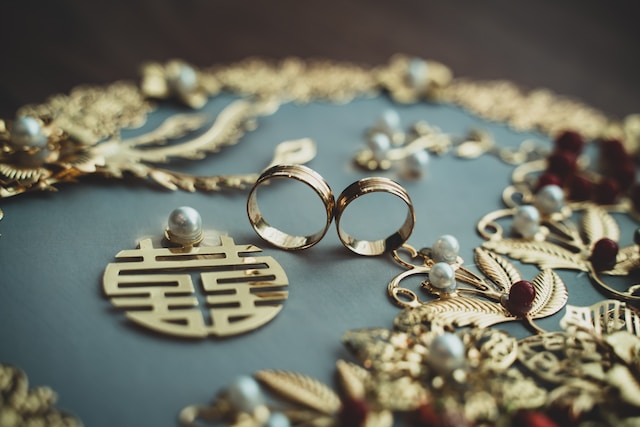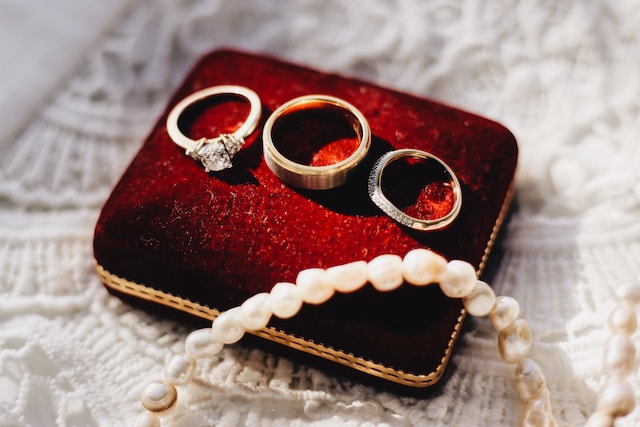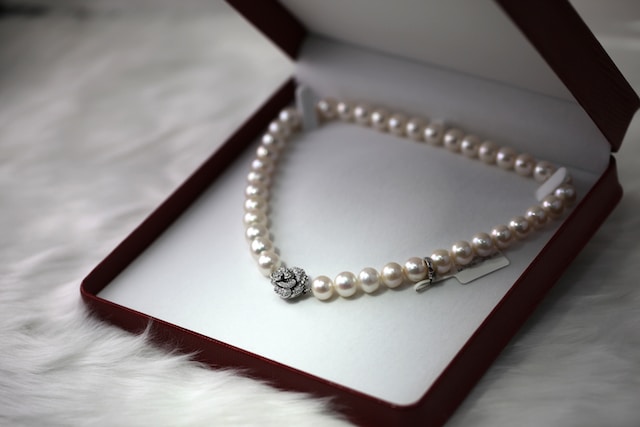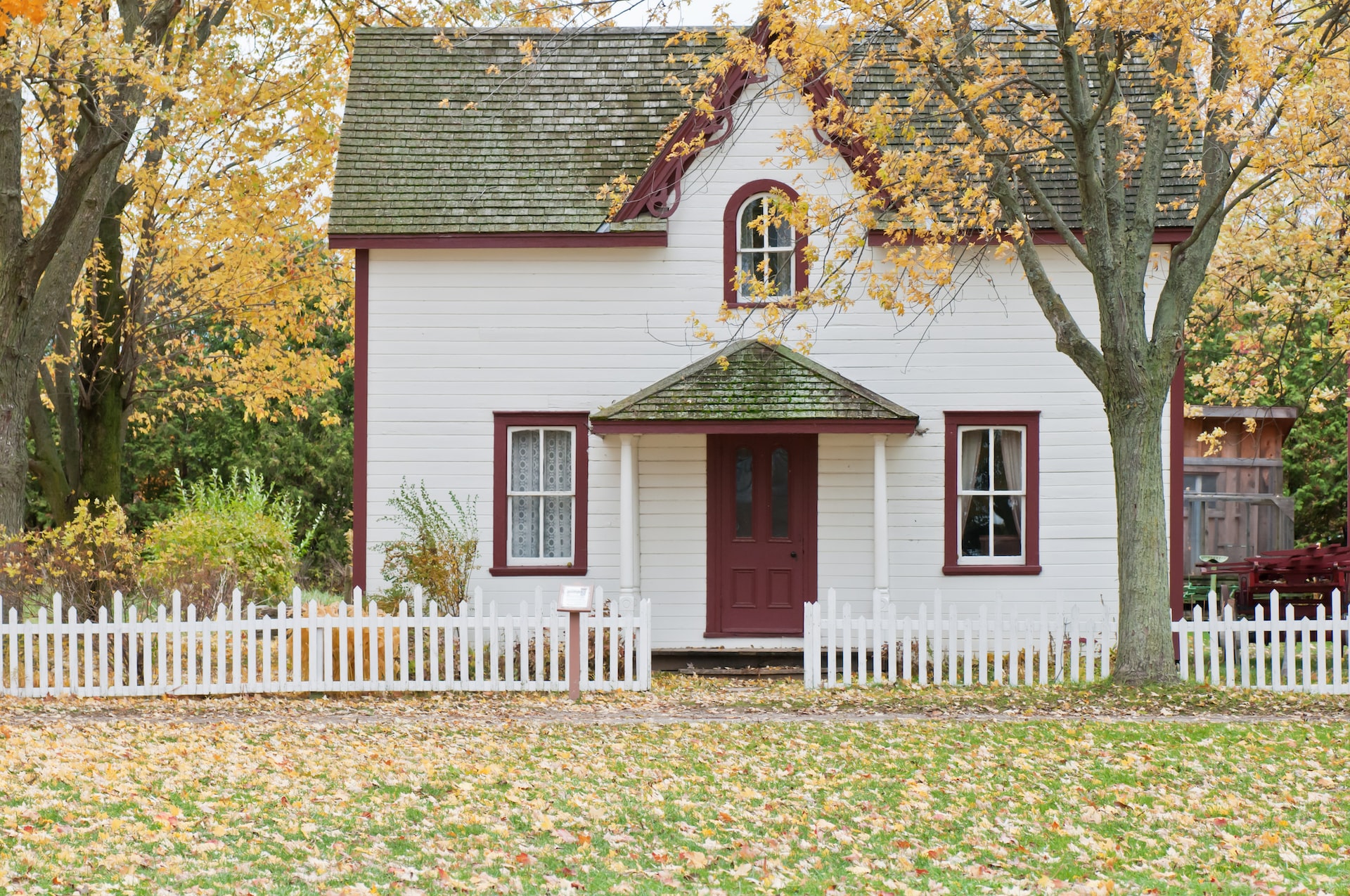While it’s possible to get insurance just for your valuables, jewelry safety is something that can be started at home. Whether it’s an engagement ring or a family heirloom, your treasures are important enough to warrant taking measures to protect them. Read on to learn how to do some simple jewelry safeguarding at home.
Jewelry safety tips for the home
Part of ensuring jewelry safety at home involves taking steps to ensure your treasures are out of harm’s way. Here are some tips to help you take care of your jewelry at home:
- Be mindful. It’s a good idea to stash your jewelry somewhere safe when you have guests over, especially if they happen to be kids. Children – and pets – like to pick up and play with sparkly things.
- Sleep easy. You may be tempted to leave certain sentimental pieces of jewelry on at night, but tossing and turning can result in necklaces or bracelets being broken or loose-fitting rings slipping off. Consider putting your daily-wear jewelry in a safe place so you can sleep without worry.
- Safe dishwashing. By removing your rings, bracelets, and watches before doing the dishes, you avoid the risk of losing them down the drain or ruining them through exposure to water.
- Location, location, location. Consider designating a specific place to store your treasures, so you’ll always know where to find them. A secure lockbox or a safe can provide additional peace of mind and keep your jewelry safe against theft.
- Keep an inventory. If you’re an avid collector of jewelry, creating an inventory can help you keep track of everything. An inventory is also handy in the event of a disaster in the home. You’ll be able to give the inventory to your insurance company so they can replace or reimburse you for the stolen items.
- Get insurance. Jewelry insurance is a good idea for more valuable items. Jewelry insurance provides coverage against loss, theft, damage, or disappearance.
- Get a security system. In this case, jewelry safety is a convenient side effect of securing your entire home. By setting up a home security system, you can protect your home and everything in it. The security system doesn’t have to be expensive, but it should be enough to provide peace of mind.
- Tell the right people. If you have family heirlooms or other valuable jewelry stashed away in a secure spot, consider telling the location to a few people you trust. This way, if something happens to you, your jewelry can be located and saved.
- Don’t be obvious. When hiding your valuables, try to avoid obvious spots like your dresser, the closet, or under your bed. Think of places a thief would be interested in and hide your jewelry there.
Home insurance and jewelry coverage

The issue with jewelry is that it’s often fragile and easy to steal. When it comes to being covered by your homeowner’s insurance, your treasures get more limited coverage than the rest of your home. Nevertheless, it’s still possible to have your jewelry covered this way.
Essentially, jewelry safety can be at least partially covered by your home insurance if the jewelry is stolen during a burglary or damaged as a result of other known perils. These perils include:
- Natural disasters, such as storms, flooding from external sources, lightning, snow or ice, fire, and volcanic eruption
- Explosions
- Smoke damage
- Vehicle crash
- Vandalism
- Falling objects
- Aircraft-related damage
- Civil disturbances
- Water damage from broken appliances, cracks in the plumbing, or broken water heater
- Damage related to electrical current
- Frozen pipes
Home insurance only covers part of the value of your jewelry, but you can top up your coverage by purchasing what’s known as a floater, an additional policy that provides coverage for easily moveable items above what your normal policy covers.
When to get a separate policy for your jewelry
It’s possible to get your jewelry its own insurance. Jewelry protection insurance offers coverage beyond what typical insurance – and even floater policies – can provide. Unlike a floater policy, claims against this type of insurance aren’t considered to be claims against your homeowner’s insurance.
Here’s a quick breakdown of how typical homeowner’s insurance, floater policies, and jewelry protection differ:
Homeowner’s insurance
- Covers listed perils
- Coverage caps at between $1,000 and $2,000
- Includes deductible
- No added premiums
- Jewelry coverage may be purchased as a rider
- Charged monthly
Floater policy
- Covers listed perils, as well as other risks
- Coverage for the appraised value
- No deductible
- Premiums are based on the value, the items covered, and the area of residence
- Charged monthly
Jewelry protection insurance
- Covers all events, accidents, and unintended damage
- Coverage for the appraised value
- Possible deductible
- Premiums are based on the value, the items covered, and the area of residence
- Charged annually
What’s covered by jewelry protection insurance?
Jewelry protection insurance covers damage, loss, or theft of the following types of jewelry:
- Wedding rings
- Antiques
- Necklaces
- Bracelets
- Engagement rings
- Brooches
- Pins
- Cufflinks
- Watches
- Earrings
What isn’t covered?
Even though jewelry protection insurance goes well beyond typical homeowner’s insurance and even beyond the scope of floater policies, situations like damage through normal wear and tear and intentional damage are not covered.
The benefits of jewelry insurance

There are many benefits to getting jewelry insurance, whether it’s a rider in your homeowner’s insurance, a floater policy, or jewelry protection insurance.
Some of the benefits of getting your treasures insured include:
- It’s cost-effective. While the price of jewelry insurance isn’t typically a set amount, you can expect it to be around 2% of the value of the item or items being insured, charged annually. Think of it another way: jewelry insurance typically costs $2 for every $100 of value, so if your ring is valued at $6000, you can expect your insurance to be $60 annually.
- Accidents can happen. Jewelry is often delicate, so it can break or fall off easily. If you damage your jewelry by accident or lose it outright, jewelry protection insurance can cover replacement parts or reimburse you for the missing piece.
- Thieves abound. More than 100 million dollars’ worth of jewelry is stolen each year in the USA alone. With jewelry insurance – no matter what type you have – you can at least rest easy knowing your jewelry is covered.
- Damage and repairs are covered too. Jewelry insurance doesn’t just cover theft; it can also cover damage. The jewelry rider in typical homeowner’s insurance may not offer coverage for damage done through wear and tear, but jewelry protection insurance often does. Since jewelry is meant to be worn instead of just kept, it’ll naturally need repairs now and then.
- Peace of mind. Simply having jewelry insurance offers the peace of mind of knowing you have a financial safety net in place when you need it. While your jewelry may not have been bought specifically as an investment, it can still be treated as such.
If you have a small collection of jewelry containing one or two valuable pieces, including jewelry coverage as an additional rider in your homeowner’s insurance should be enough to give you the peace of mind of knowing there’s a safety net in place. If you have a few fairly valuable pieces, then a floater policy is better suited to your needs. If you have a more extensive collection – or the overall value is higher – purchasing jewelry protection insurance is likely the best option for you. This way, you get higher caps and more comprehensive coverage to give you greater peace of mind.
More tips for jewelry safety
If you’re thinking about getting insurance for your jewelry, there are four things you’ll need to bring with you:
- Good quality photos of the piece or pieces to be insured.
- An appraisal from a certified jewelry appraiser.
- Certificates for larger gemstones.
- The original receipt, if possible.
Outside of getting your jewelry insured and taking the steps listed in this article, there are a few additional things you can do to safeguard your jewelry:
- Check your jewelry for wear and tear. Just as you would do with your household appliances, checking your jewelry for wear and tear on a regular basis can help you avoid breakage.
- Check the fit. Try to avoid buying rings that don’t fit you properly. An improper fit can lead to your ring slipping off the finger and being lost.
- Leave them at home. When you’re traveling, consider leaving your valuable jewelry at home.
- Take them off. When you’re at the beach, tending the garden, working out at the gym, or anywhere else you might get dirty or sweaty, it’s best to take your jewelry off at home and store it somewhere safe before you leave.
- Keep a file. This file should include things like your appraisals, photos, receipts, certificates, and anything else related to your jewelry. The more details you can provide your insurance provider or the police, the better.
- Consider the value. If your jewelry is more valuable in the sentimental sense rather than the monetary sense, it may not be worthwhile to insure it. Likewise, if the piece or pieces in question don’t exceed the usual coverage caps for jewelry riders, getting them insured may not be needed.
- Keep them offsite. If you happen to have extremely valuable pieces, consider storing them in a bank safe deposit box. While getting to them may be more difficult, the safe deposit box offers more security than your home safe or lockbox.
Your jewelry may be the smallest thing to be insured among the contents of your home, but one small ring or brooch can easily be more valuable than any of your appliances. Think of your jewelry as an investment, even if the pieces were gifted instead of bought by you. Take steps toward jewelry safety, such as storing them in a secure place, taking them off when appropriate, and getting a security system.
Make sure to keep detailed files on your collection, including things like photos, records of appraisal, and receipts. Consider purchasing a lockbox or personal safe to give your jewelry’s security a substantial boost. These are small – but important – things that you can do to keep your jewelry collection safe.
In addition to these personal safety measures, consider the overall value of your jewelry collection to determine whether purchasing a separate rider within your homeowner’s insurance will be enough or if you need something more robust. No matter how you go about it, taking steps to safeguard your jewelry helps you to enjoy them much longer and maybe even pass them on to the next generation.




